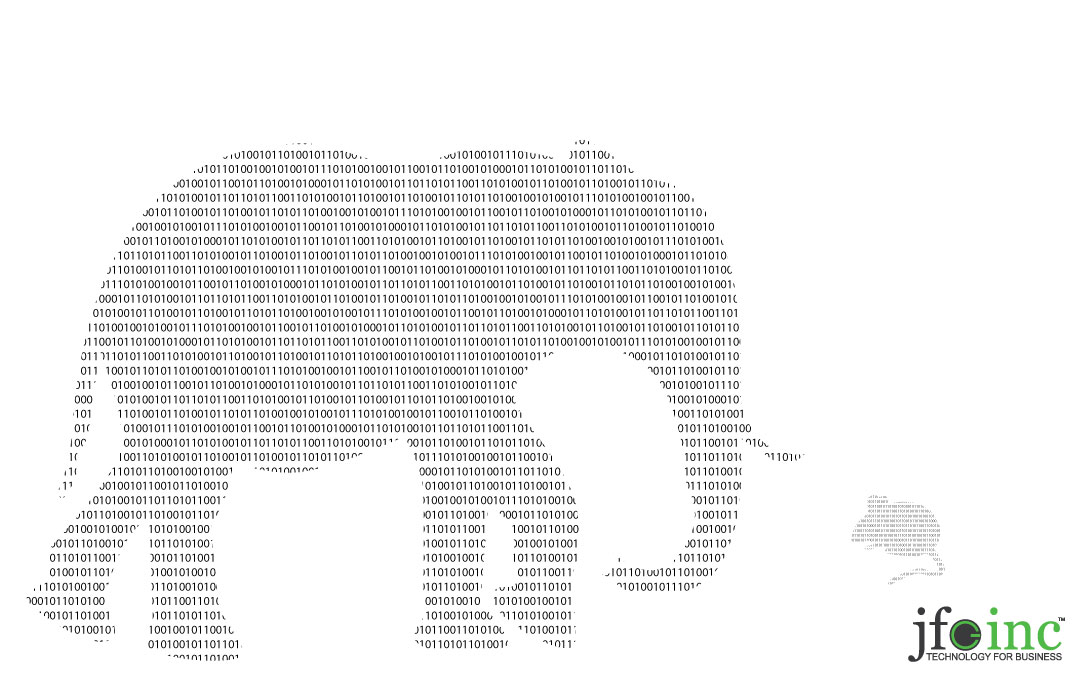How Big is Your Bite?

Most of us have a pretty clear understanding of the relative size of our digital files. That spreadsheet you just saved is 374 kilobytes; the photos from your birthday party take up 200 megabytes; and your music collection consumes 15 gigabytes. But, as datasets grow larger, their sizes become much more difficult to visualize. Just how much is a terabyte, exactly? How many videos can you squeeze into a zettabyte? And what the heck is a yottabyte?
In a world ruled by digital storage, size does matter, but it can be tough to wrap your head around what file sizes actually mean. The data storage family includes ten different members – or data quantities – ranging in size from bits to yottabytes. To make these differences easier to comprehend, we’ll provide some real-life examples of each:
Bit: A single binary digit, either one or zero.
Byte: Eight bits. One byte is equivalent to one character, while 10 bytes equals a single word.
Kilobyte (kB): One thousand bytes – equal to a short paragraph. Two kilobytes is approximately one typewritten page, and 100 kB is equivalent to a low-resolution photo.
Megabyte (MB): One thousand kilobytes – approximately a short novel. Two megabytes is equivalent to a high-resolution photograph, while 5 MB is sufficient to house the complete works of Shakespeare. Your typical CD-ROM is 700 MB.
Gigabyte (GB): One thousand megabytes, or 7 minutes of high definition video. A standard DVD-R is 4.7 GB, and 100 gigabytes is enough room for an entire library floor of academic journals.
Terabyte (TB): One thousand gigabytes. 10 TB is equivalent to the entire printed collection of the U.S. Library of Congress.
Petabyte (PB): One thousand terabytes, which equals 20 million filing cabinets filled with papers. 50 petabytes can hold the entire written works of mankind, through all of recorded history, in every language.
Exabyte (EB): One thousand petabytes. Five of these could record every word ever spoken since the beginning of time.
Zettabyte (ZB): One thousand exabytes, or the equivalent of 250 billion DVDs.
Yottabyte (YB): One thousand zettabytes, or the size of the entire World Wide Web.
Our storage requirements – and the devices we have created to meet them – have increased exponentially in recent years. The very first hard drive was the IBM 305 RAMAC. It held just 5 megabytes of data, took up the same space as two refrigerators, and literally weighed a ton. From there, it took a quarter-century of hard drive development to produce the first gigabyte drive.
Capacities are now growing so quickly that hard drives have gone from holding a single terabyte to being 15 terabytes in size in a single decade. That’s right – Samsung is now shipping the world’s highest-capacity hard drive, the 15 TB PM1633a. This single drive can hold every printed document in the Library of Congress, with plenty of room left over for your entire music collection.
Today, we have instantaneous access to more information than ever before, and the growth of digital storage capacity is one of the keys that unlocked the door to all of this knowledge. We’ve come a long way already, and we’re looking forward to the changes that lie ahead in storage technology.
